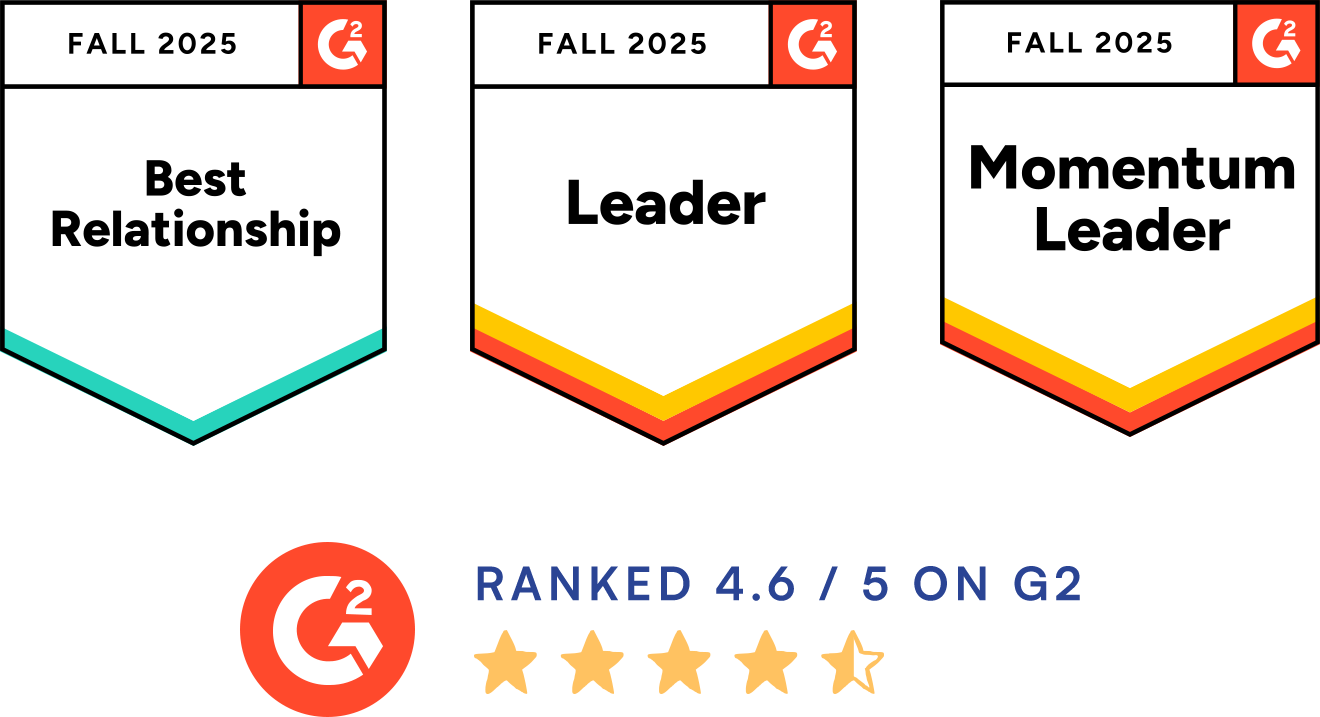Looking into allegations of a hostile work environment is one of the most delicate and challenging tasks for any human resources or employee relations professional to undertake. It requires careful navigation of procedures and policies as well as empathy, sensitivity and an eye for detail. It is crucial that HR and ER professionals go into the process equipped with a comprehensive set of questions before interviews begin.

Understanding Hostile Work Environments
First and foremost, it’s necessary to understand the legal requirements such allegations must clear. By law, a hostile work environment is one in which discrimination creates a threatening, offensive or intimidating work environment that impacts an employee’s ability to perform their job. This includes any prohibited conduct based around a person’s race, color, religion, gender, pregnancy, national origin, age, disability or genetic information.
Be Prepared to Protect Employees Who Are Subjected to Common Types of Workplace Harassment
This includes conducting a hostile work environment investigation that enables your organization to take the right course of action. In this blog, you will learn sample investigation questions for determining whether you’re dealing with a hostile work environment.
Learn More About Recent Workplace Trends in Our 2023 Workplace Harassment and Employee Misconduct Insights Report.
Key Questions for Conducting a Hostile Work Environment Investigation
During an investigation, you want everyone to speak the truth and not withhold relevant information. In the following sections, we will guide you through hostile work environment investigation questions that will help you gather detailed answers and determine what happened. It’s also critical to avoid intimidation tactics and create a comfortable atmosphere for interviewees.
Introduction Questions
First, you’ll want to start out by setting the stage for the investigation. This includes providing an opening statement regarding the matter at hand and covering standard protocols, which may look like:
- Thank you for joining today. We are here to discuss… .
- We appreciate your candor and insight as we conduct the investigation.
- The company follows a non-retaliation policy.
- Please keep the investigation confidential to minimize workplace disruption, protect involved parties and ensure we can reach the right resolution.
- My responsibility in this investigation is… .
- Please verify that you believe this investigation will remain objective and impartial.
At this time, you may also want to ask some preliminary questions, such as:
- How long have you worked at the company?
- What is your position in the company?
- How long have you been in the position?
Hostile Work Environment Questions for the Complainant(s)
To get more details on what occurred, it’s important to speak to the person who filed the hostile work environment claim, also known as the complainant.
With an open-minded approach, ask the complainant these key hostile work environment investigation questions:
- What specifically do you believe is hostile in the work environment?
- How has the behavior negatively affected you and your work?
- Are any other employees bothered by this behavior?
- How often did it occur?
- Who engaged in the behavior? Was it more than one person?
- Are there any notes, physical evidence, security tapes, or other documentation?
- What action do you want the company to take?
- Have you ever reported this incident before?
- What leads you to believe the behavior happened because you are part of a protected group (based on race, religion, gender, age, etc.)?
If it’s about discriminatory comments, ask the complainant:
- In what context was each statement made?
- How did you respond to the statements?
- Who else heard the statements?
- Has the person said this type of thing to others, besides you?
- Is there anyone else who may have relevant information?
- Did the comments make reference to a protected group (based on race, religion, gender, age, etc.)?
Look for gaps or inconsistencies in the information and ask follow-up questions later, if necessary.

Hostile Work Environment Questions for the Witness(es)
Witnesses are critical for gathering details in a hostile work environment investigation. To get a better understanding of the situation, avoid asking yes/no questions. You will want to ask witnesses the following hostile work environment investigation questions:
- How would you describe the work environment?
- How often do you see this behavior occurring?
- How does the subject behave to other people on the team?
- When that occurs, how do you react?
- Have you observed how this behavior impacts others on the team?
- Have you considered reporting the issues?
- Who else might I talk to in order to better understand the work environment?
- Is there anything else you would like to add?
Hostile work environment questions for the subject(s)
When speaking with the subject of the investigation (the person accused of potential wrongdoing), it’s important to remain neutral. The first thing you’ll want to ask is for the person to share with you what happened, from their perspective (and if it relates to one specific incident, to describe the events of that time and place).
The following questions can help you get better insight into their perspective of what happened, what led to it and more:
- What is your relationship/connection to the complainant?
- Why do you think this person would come forward with something like this?
- Tell me how your relationship with this person has evolved over the time you have worked together.
- Was your relationship always this way?
- What is your relationship like with other people on the team?
- Tell me about what happened that led to this complaint – the specific situation(s) that occurred.
- Where did the issue(s) occur?
- What was the context?
- When did this happen?
- Who else was there?
- Have you ever had similar situations with this person in the past, or was this out of the ordinary?
- If yes, who said what? Tell me what happened.
- Who else was there when this incident happened?
- Did you tell anybody about the incident?
- If yes, who? What did you tell them?
- Is there any written documentation or data, such as text messages or video, that would be able to support your version?
- What else can you provide to shed light on what’s been going on in the environment?
- What evidence do you have that may help us get to the bottom of this?
Streamline Your Workplace Investigations With HR Acuity
If your organization fails to take hostile work environment investigations seriously, there could be serious consequences. Employees who feel they are the victims of harassment can file a lawsuit that will certainly result in costly litigation. Your company also may suffer a loss of reputation that could make employee retention and recruitment all the more difficult.
With HR Acuity’s Workplace Investigations Management System, you’ll feel prepared to conduct a hostile work environment investigation. Schedule a demo to learn how HR Acuity can equip your organization with a better way to document, investigate and analyze employee issues.



